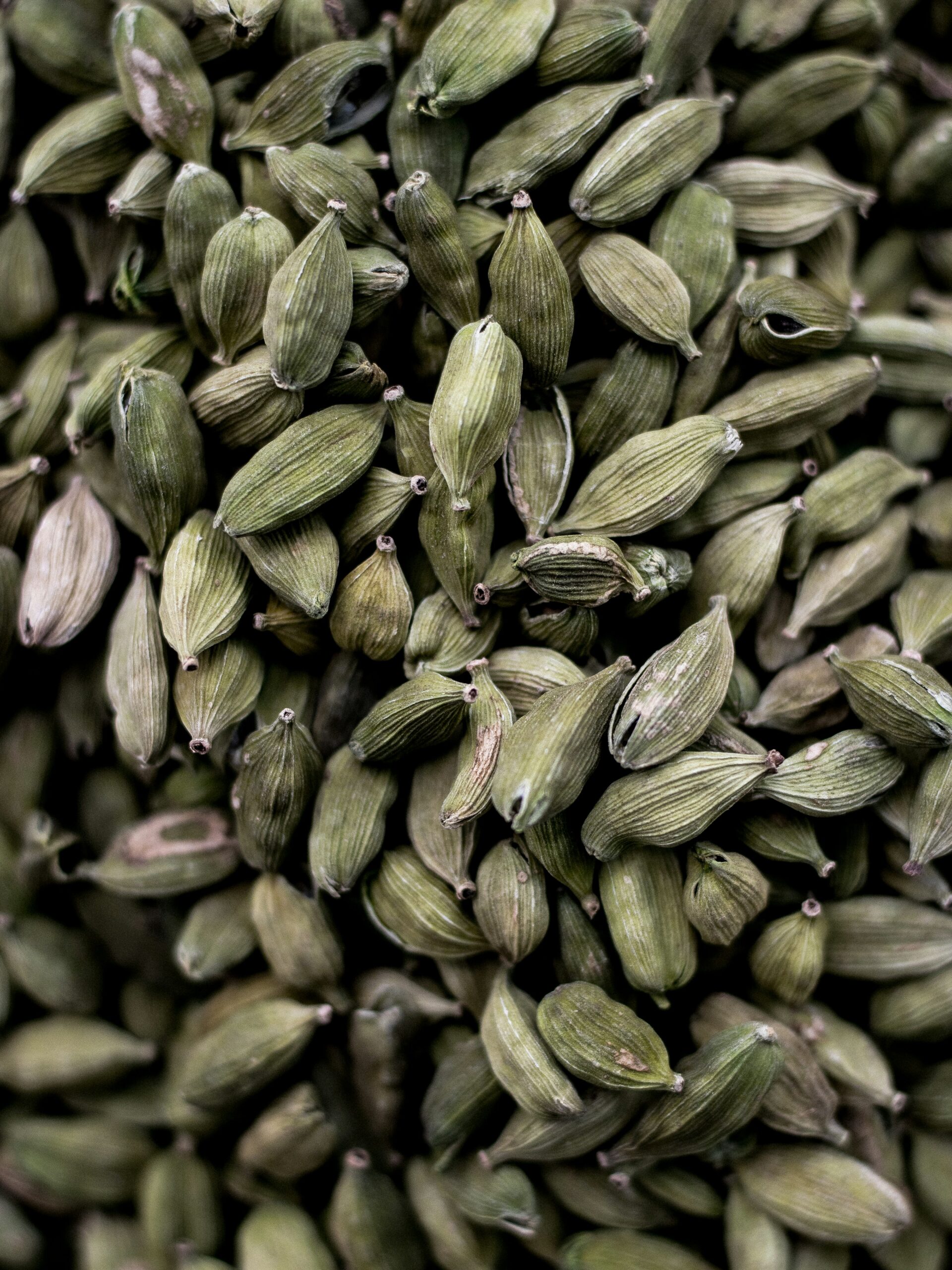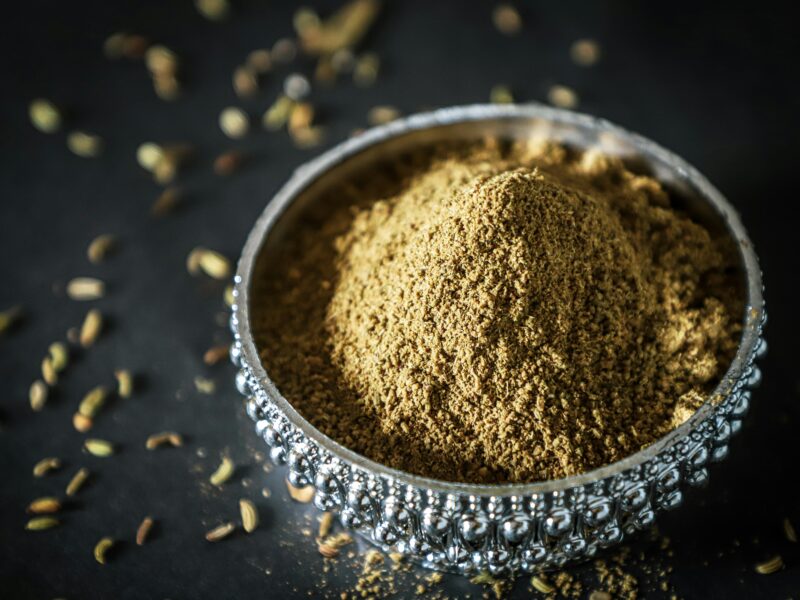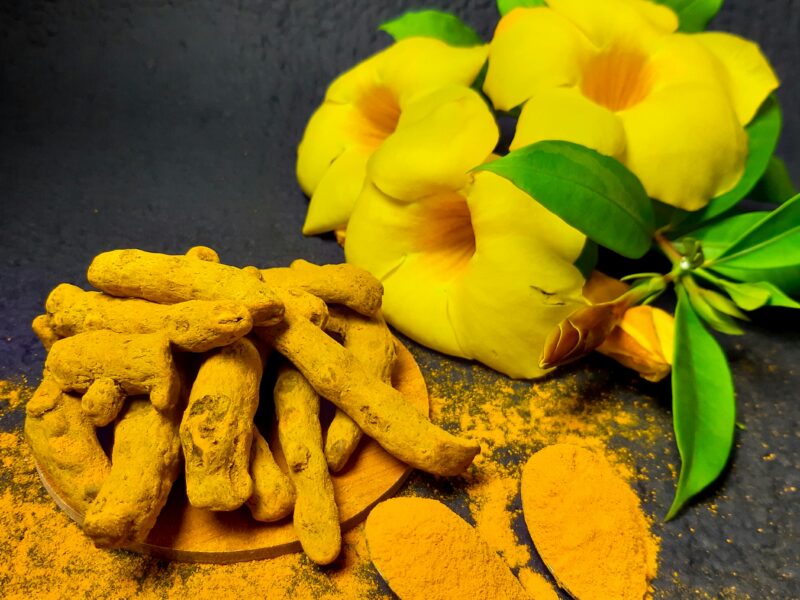Cardamom is one of the world’s most aromatic and prized spices, known for its complex blend of citrus, spicy, and herbal notes. Used in both sweet and savory dishes, it is a staple in Indian, Middle Eastern and Scandinavian cuisine. Whether enhancing a cup of chai, adding depth to a fragrant biryani, or bringing warmth to baked goods, cardamom is an essential ingredient in global gastronomy. But what makes cardamom so special, and how can you use it to elevate your cooking?
Origin and cultivation of cardamom
Cardamom belongs to the Zingiberaceae (ginger) family, sharing botanical roots with ginger and turmeric. Native to the forests of India and Sri Lanka, cardamom has been cultivated for over 3,000 years and was highly valued in ancient trade. Today, major producers include Guatemala, India, Tanzania, and Indonesia.
Cardamom thrives in warm, humid climates with rich, well-drained soil. The plants produce elongated green pods filled with small, aromatic seeds. Harvesting is labor-intensive, as the pods must be picked by hand before they fully ripen to preserve their essential oils. After harvesting, the pods are dried to intensify their characteristic fragrance.
What does cardamom taste like?
Cardamom’s flavor profile is complex and layered, making it a uniquely versatile spice. It has a warm and citrusy essence with bright, zesty undertones that add a refreshing lift to dishes. A slight spiciness brings gentle heat, similar to ginger, while delicate hints of eucalyptus and mint provide a cooling effect. Beneath these vibrant notes lies an earthy and subtly sweet depth, creating a well-balanced flavor that enhances both sweet and savory recipes.
Flavor nuances:
- Warm, citrusy, and slightly sweet
- Subtle hints of eucalyptus and mint
- Balances sweetness and spiciness
- Works well in spice blends, coffee, and baked goods
Cardamom substitutes – what can you use instead?
If you don’t have cardamom on hand, you can replace it with other warm, aromatic spices:
- Nutmeg: Provides warmth but lacks citrusy notes.
- Cinnamon: Adds spice and sweetness, but with a different depth.
- Allspice: Has a similar spiced complexity.
- Ginger + cloves: A mix that mimics cardamom’s warmth and pungency.
Difference between green and black cardamom
Green cardamom (Elettaria cardamomum) is the most used variety and appears in both sweet and savory dishes. It has a mild, floral, and citrusy flavor with slightly herbal undertones, making it ideal for desserts, tea, spice blends, and light curries.
Black cardamom (Amomum subulatum), on the other hand, has a bolder, smoky flavor with deep earthy notes. Unlike its green counterpart, it is primarily used in savory preparations such as stews, broths, and slow-cooked dishes. It plays a key role in Indian, Chinese, and Vietnamese cuisine, where its robust and intense character enhances rich and hearty meals.
How to use cardamom in cooking
Cardamom’s versatility makes it a key ingredient in a wide range of culinary traditions.
In sweet dishes and beverages:
- Baked goods: Essential in Scandinavian pastries, Indian sweets, and Middle Eastern desserts.
- Hot drinks: Popular in Turkish and Arabic coffee, chai tea, and mulled wine.
- Infused syrups: Used in ice cream, puddings, and spiced cocktails.
In savory dishes:
- Indian cuisine: Found in garam masala, biryanis, and rich curries.
- Middle Eastern & North African dishes: Used in stews and aromatic rice dishes.
- Meat and seafood: Enhances flavors in lamb, chicken, and seafood recipes.
- Masala Chai: Indian spiced tea infused with cardamom, cinnamon, and cloves
- Scandinavian Cardamom Buns (Kardemummabullar): Sweet, spiced pastry from Sweden
- Indian Biryani: Fragrant rice dish seasoned with cardamom
Cooking tips:
- ✔ Lightly toast cardamom pods before grinding to release their full aroma.
- ✔ Whole pods work best in slow-cooked dishes, while ground cardamom is ideal for baking.
- ✔ Store in an airtight container away from heat and moisture to preserve freshness.
Where to buy cardamom
Cardamom is available in various forms, including whole pods, ground powder, and loose seeds. Whole pods are best for infusions, slow-cooked dishes, and spice blends, while ground cardamom is more convenient for baking and quick spice mixes. Cardamom extract is another option, commonly used in desserts and liqueurs.
For the highest quality, look for plump, green pods with a strong fragrance, available in specialty spice stores, international markets, and online retailers.
Why cardamom deserves a place in your kitchen
Cardamom is a warm, citrusy spice used in both sweet and savory dishes across Indian, Middle Eastern, and Scandinavian cuisine. Green cardamom is floral and delicate, while black cardamom has a bold, smoky flavor. It pairs well with cinnamon and cloves, adding depth to teas, baked goods, and curries. Toasting enhances its aroma, and proper storage keeps it fresh.


